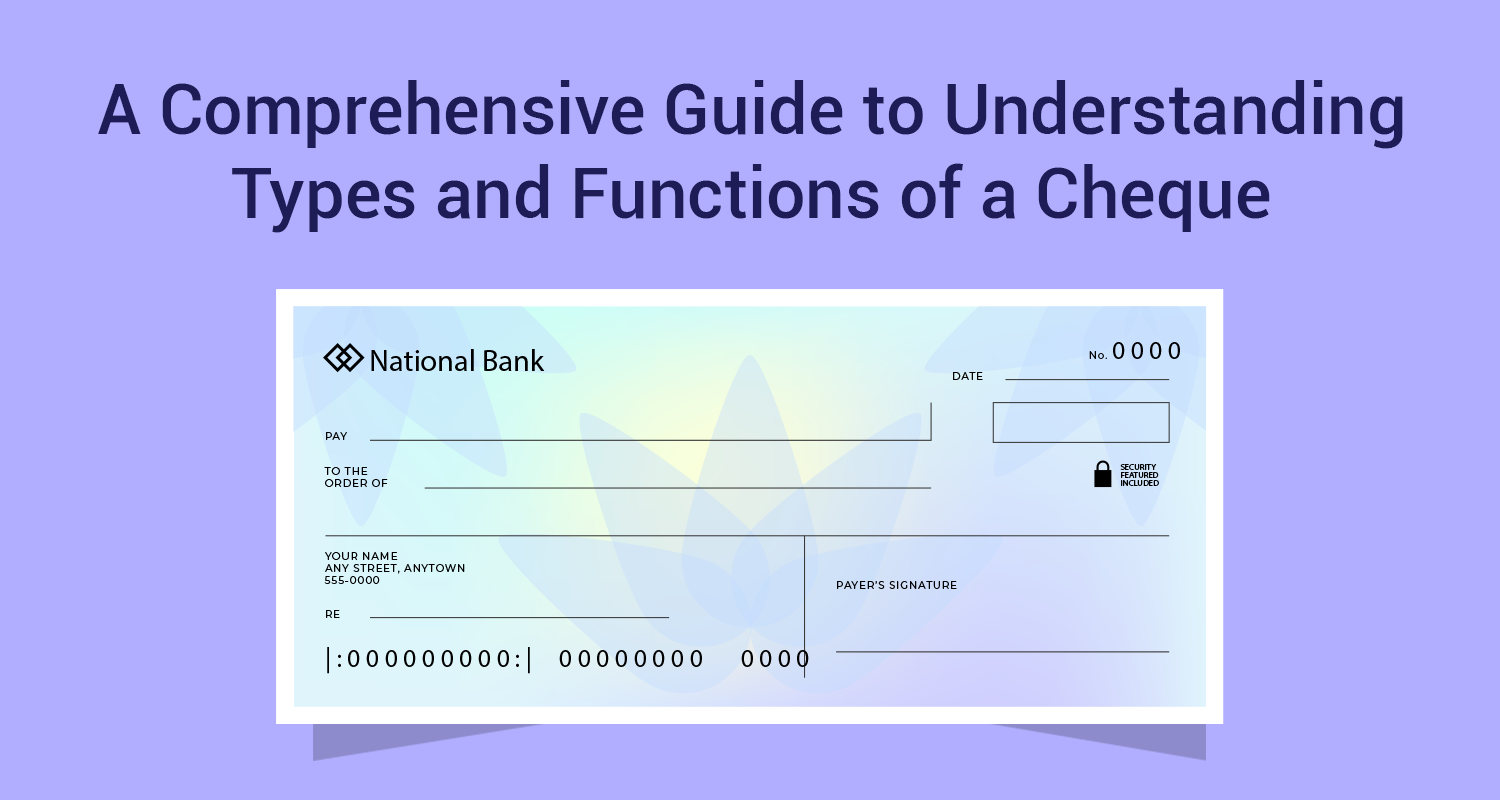How to pick the right mutual funds to invest in?

Selecting a mutual fund that fits like a glove is easier than it seems. With a clear-cut picture of your current needs and your future goals, you can make an informed investment decision. In fact, choosing a befitting mutual fund is similar to choosing a suitable business or career for yourself.
The risks are similar as well. A business can go bust, a career can be unrewarding and a bad mutual fund selection can impact your savings. Therefore, mutual fund investment is a serious pursuit and you should always keep your eyes, ears and mind open to succeed.
Remember that mutual fund investments are subject to market risks and the selection of the right fund is based on your financial goals, risk appetite and investment horizon. Following these practical tips on how to find the best mutual funds in India and start a mutual fund SIP can go a long way in ensuring high returns.
Let’s get straight to the point and understand how to test a mutual fund’s strength and durability based on some important parameters.
Mutual fund returns & investment horizon
Let’s be honest. One invests in a mutual fund to get good returns on their investment. But the problem with evaluating a mutual fund based on returns is that there is no fixed yardstick.
For example, assume there are Mutual Fund A (MF A), Mutual Fund B (MF B) and Mutual Fund C (MF C). While looking at these mutual funds through a mutual fund screener, a handy tool that allows you to pick out a suitable fund that fits your criteria, you find that while MF A has provided high returns in a 1-year horizon, it has low returns over a 3-year period. On the other hand, MF B has done extremely well over a 3-year period but has given considerably low returns on a 1-year or 5-year period. And there’s MF C that has done great over a 5-year period but has given considerably low returns over shorter periods.
Look at a real example from a mutual fund screener page in the chart below. You can see that IIFL Focused Equity Fund has given the highest return over a 1-year period (over 27%). Though, it still gives high returns over periods more than a year, it is comparatively lower than the returns it generates over a 1-year period.
So, how do you choose the right mutual fund in such a case? This is where the investment horizon makes a difference. The answer is to choose a mutual fund that gives you the best returns according to your investment horizon. In the above example, if your investment horizon is 1-year and you want to start a mutual fund SIP, your best choice is the IIFL Focused Equity Fund with very high yearly returns of 27.66%. You can research and look for mutual funds if your investment horizon is more than 1-year. IIFL’s mutual fund screener is a great place to start.

Risk appetite
Risk appetite or your capacity to take risk is an important consideration in mutual fund selection. In simple terms, risk appetite is the level of investment risk that you are ready to accept to reach your financial goal. If your aim is higher returns on investments, there may be a certain degree of risk you would need to accept.For aggressive returns, equity mutual funds are your best choice. But if you want low but steady returns with low-risk, you can invest in a debt mutual fund. And if you want the best of both worlds, you can invest in a balanced fund that has equal degrees of exposure in debt and equities.
When you start your search for the best mutual funds in India and before you start a mutual fund SIP, take a step back and think deeply about the amount of risk that you can take in mutual fund investment. Once you are settled on your plan, then finalise the right mutual fund to invest in.
Expense ratio
Expense ratio is something that eats away on your mutual fund investment returns. Why? Because a percentage of the amount that you pay as SIP is deducted towards various administrative, management and other charges by the mutual fund operator or asset management company (AMC).
If you are paying Rs. 1000 per month on your mutual fund SIP and the current NAV (Net Asset Value) or unit price of the mutual fund scheme is Rs. 58, you don’t get the entire (1000/58) 17.24 units of the fund. Some amount is deducted from your SIP before crediting your account with the specific number of units.
Therefore, it’s always a good idea to select a mutual fund with a lower expense ratio. How do you know which mutual fund has the lowest expense ratio? The Securities Exchange Board of India (SEBI) fixes the expense ratios of AMCs according to the size of assets under management (AUM) with them. AMCs with a higher AUM are required to charge a lower expense ratio. Also, index funds have a low expense ratio.
Apart from these parameters, you also need to check the track record of your fund manager. And if you want to carry out some technical analysis on your own, you can do a risk analysis of the MF using methods such as standard deviation, Sharpe ratio, R-squared and Beta. However, advanced analyses are better left to the experts. If you are not sure about getting into mutual fund investment on your own, let IIFL’s seasoned wealth advisors and investment experts help you in finding the perfect mutual fund scheme for you.
Disclaimer : The information in this blog is for general purposes only and may change without notice. It does not constitute legal, tax, or financial advice. Readers should seek professional guidance and make decisions at their own discretion. IIFL Finance is not liable for any reliance on this content. Read more



